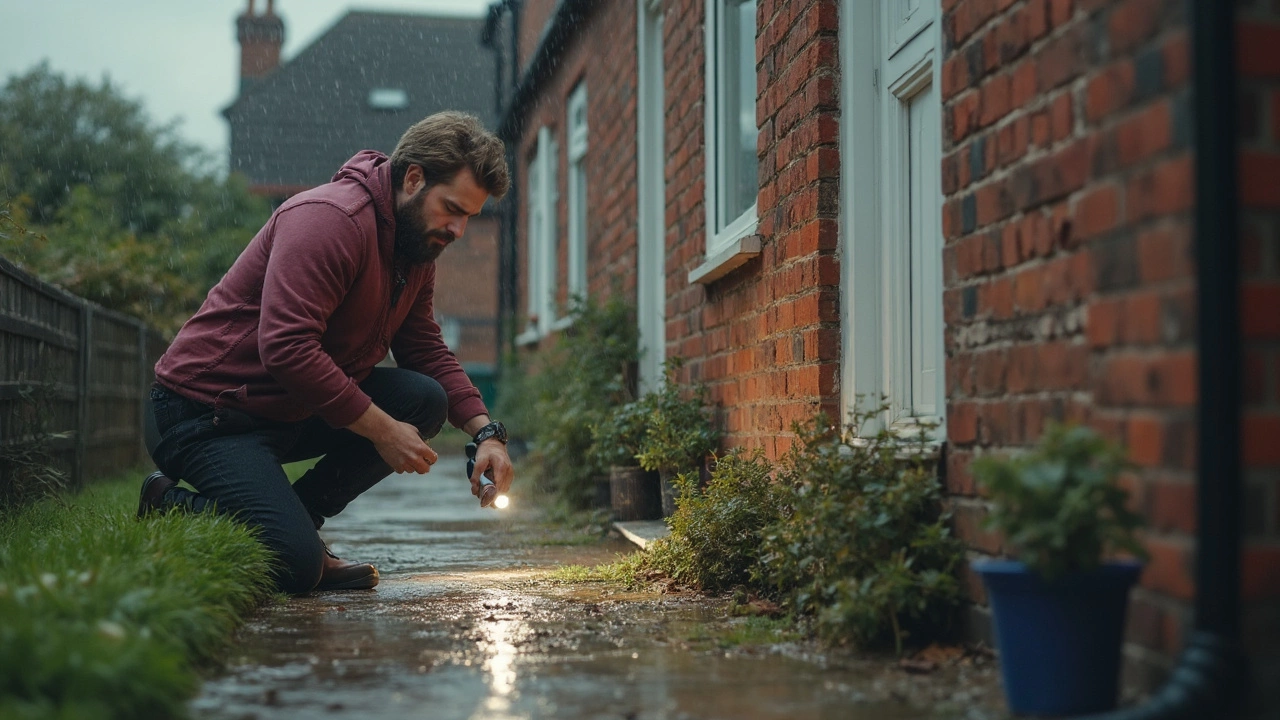Structural Problems – What They Are and How to Deal With Them
When a house starts to shift, crack, or creak, it’s usually a sign of a structural problem. These issues don’t just look bad; they can affect safety and property value. The good news is that many problems show clear symptoms early on, so you can act before they get expensive.
How to Spot the Warning Signs
Watch your walls, floors, and ceilings for these red flags:
- Cracks that grow wider than a hairline, especially around doors, windows, or the foundation.
- Doors and windows that stick or won’t close properly.
- Uneven floors that bounce or feel soft underfoot.
- Gaps between the wall and the floor, or between the ceiling and the wall.
- Water stains or damp spots near the base of load‑bearing walls.
If you notice any of these, write down when they first appeared and how quickly they’re changing. A simple photo record helps the engineer or contractor see the progression.
When to Repair Yourself and When to Call a Pro
Small hairline cracks in plaster often don’t need a structural specialist. You can fill them with epoxy, seal the area, and keep an eye on the size. However, if a crack is wider than ¼ inch, or if it appears in the foundation, it’s time to bring in a professional.
DIY steps that are safe for minor issues:
- Clean the crack with a brush to remove dust.
- Apply a high‑quality epoxy injector or patching compound.
- Use a waterproof sealant around the repaired spot to stop moisture.
Professional interventions you’ll need for bigger problems:
- Foundation underpinning or pier installation.
- Structural wall reinforcement with steel beams or carbon fiber.
- Soil stabilization if the ground is shifting.
Hiring a qualified structural engineer first can save you money. They’ll assess load paths, recommend the right repair method, and give you a realistic cost estimate.
Remember, delaying a fix usually raises the price. Water can seep into cracks, freeze, expand, and make the damage worse. Acting early keeps repair work straightforward and affordable.
At Lime Hillock Construction Material Resources we supply the limestone and aggregate you need for strong foundations. Using quality local stone reduces settlement risk and gives your project a solid base.
Bottom line: keep an eye on cracks, track changes, and don’t hesitate to get a professional opinion when the problem looks bigger than a simple patch. Quick action protects your home’s safety and saves you cash in the long run.
Foundation Crack: What Happens If You Don't Fix It?

Ignoring foundation cracks might seem harmless at first, but it can quickly turn into a nightmare for any homeowner. This article breaks down exactly what happens if you don't fix a foundation crack, from small leaks to serious structural issues. You'll learn why early repair is always cheaper and smarter, plus get a few tips on spotting trouble before it gets worse. Understanding the risks and signs can save you from a lot of headaches. Get the facts before the cracks get bigger.
read moreDo Older Homes Typically Have Foundation Issues?

Older homes often charm with historical value and unique architecture, but they may also carry the burden of foundation problems. Factors such as construction methods, materials used, and environmental influences could affect the stability of these homes. Homeowners should be vigilant about signs of foundation distress, including cracks and uneven floors. Understanding the potential issues and addressing them promptly is crucial for maintaining the structural integrity of older houses.
read more



